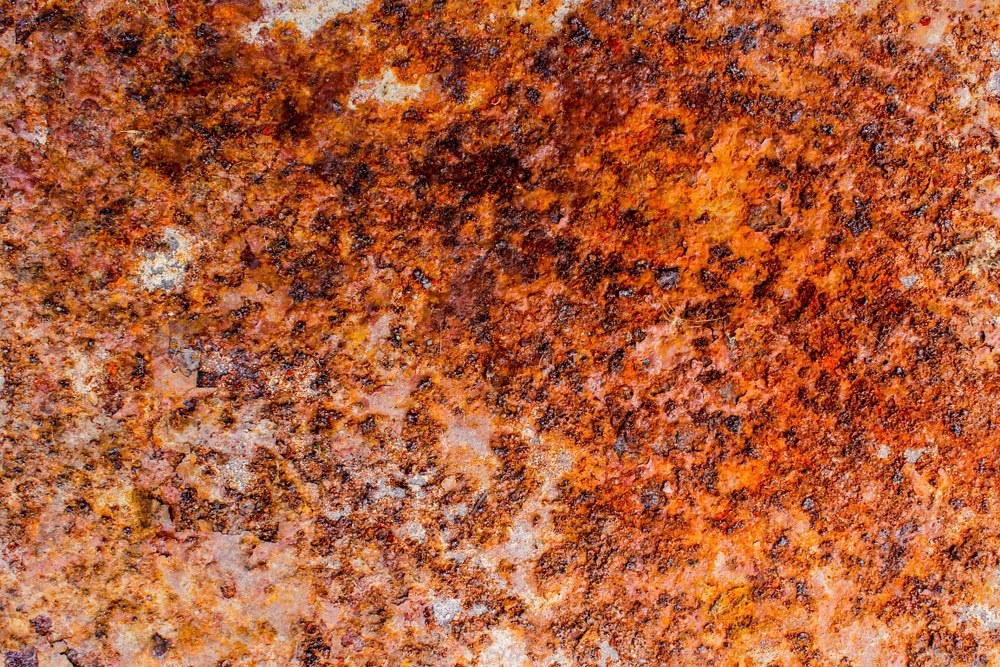The oxidation kinetics and corrosion of Zr alloys are highly dependent on the porosity exhibited by the zirconia (ZrO2) layers.

Study: Nano-Porosity effects on Corrosion Rate of Zr Alloys Using Nanoscale Microscopy Coupled to Machine Learning. Image Credit: Korawat photo shoot/Shutterstock.com
In a study published in Corrosion Science, the team exposed Zircaloy-4 to oxidation for about three months. Transmission electron microscopy (TEM) was used to evaluate porosity on a nanoscale, which was then accurately quantified using manual counting and a novel machine learning algorithm based on grayscale value differences.
An Introduction to Zr Alloys
Zr alloys are the materials of choice for use inside the cores of water-cooled reactors thanks to their small thermal neutron absorption cross-sectional area and good corrosion resistance in high-temperature water.
Zircaloy-4 offers the highest resistance against corrosion and minimum hydrogen uptake among the Zr alloys.
The hostile conditions inside reactors result in non-negligible oxide formation and substantial uptake of associated hydrogen.
Understanding and improving the resistance against corrosion in Zr alloys, and in particular, Zircaloy-4, has important economic and safety benefits.
Corrosion Kinetics of Zircaloy-4
The kinetics of Zircaloy-4 corrosion is typically sub-parabolic, wherein the rate of passivation through oxide buildup continues to diminish until a threshold thickness level is reached.
A shift in the corrosion kinetics, referred to as the transition, occurs at the threshold oxide thickness level.
The oxide protection quickly dissipates when the transition is reached, as revealed by weight gain observations. A new passivating oxide layer forms within the metallic substrate, leading to distinctive cyclic kinetics of the oxidation process.
Oxide Growth in Zr Alloys
When the Zr alloy undergoes oxidation, various phases, microstructures, stresses, and textures are produced in the oxide scale.
The rate of oxide formation is primarily regulated by the influx of oxygen and out flux of electrons via diffusion. Hydrogen and oxygen can both diffuse through the oxide layer.
Diffusion may take place at the grain boundaries and the accompanying pores on the oxide layer; therefore, the texture of the oxide layer is a key element that influences the diffusion mechanism. The oxide texture is linked with the texture of the Zr alloy.
The oxide layer protects the Zr alloy from subsequent oxidation and hydrogen influx. Knowledge of texture development in the oxide layer is crucial for understanding the mechanism and extent of this protection.
How Can Machine Learning Help?
The accurate quantification and qualitative development of the pores in zirconia are critical because they play key roles in comprehending the oxidizing and hydriding processes of Zr alloys.
So far, the porosity of zirconia has been quantified to a small extent via the manual counting of pores found in TEM imaging. Unfortunately, this method is time intensive and vulnerable to human error.
Machine learning (ML) approaches, as substitutes to human observation descriptors, have been widely employed to determine nanoscale characteristics via automatic extraction of these characteristics from multidimensional data sources.
Developing the Machine Learning Model
Machine learning approaches are ideal for quantifying pores in zirconia, characterizing pore density more effectively, and even predicting the formation of pores in zirconia under various corrosion settings.
The team used a set of manually counted TEM images of zirconia to train the machine learning model. Different properties, including oxide porosity, oxide fractures, and grains in the metallic substrate, served as the training data for the machine learning model.
The nanoscale distribution of porosity was then correlated with localized oxide texture, establishing a strong association between nanoscale porosity and oxide grain boundary misalignments.
The nanoscale porosity and oxide texture were finally examined with respect to the corrosion rate, corrosion temperature, and texture of the substrate. The goal was to comprehend their correlations and determine the best strategy to enhance the resistance against corrosion in Zr alloys.
Research Outcomes
Using machine learning-based approaches, the researchers evaluated the impacts of oxide texture, temperature, and exposure duration, on nanoscale porosity and suboxide formation in corroded beta-quench Zircaloy-4 alloy.
They discovered that the orientation of the metallic grains had a significant impact on oxide porosity, oxide texture, and corrosion rate.
The stress-driven formation was prevalent between 25° and 75° from the direction of oxide growth, while lattice-match formation was prominent in the remaining orientations.
Reduced porosity and reduced corrosion rates were reported in the stress-driven formation mode, whereas larger porosity and increased corrosion rates were seen in lattice-match formation mode.
The texture of the metallic substrate and the oxide formation mode could significantly impact pore concentration and grain boundary misalignment in the resulting oxide, strongly influencing corrosion behavior.
This strategy may be used to generate superior corrosion-resistant materials by tailoring suitable textures using certain material processing approaches.
Reference
Zhang, H., Kim, T. et al. (2022). Nano-Porosity effects on Corrosion Rate of Zr Alloys Using Nanoscale Microscopy Coupled to Machine Learning. Corrosion Science. Available at: https://linkinghub.elsevier.com/retrieve/pii/S0010938X22005789
Disclaimer: The views expressed here are those of the author expressed in their private capacity and do not necessarily represent the views of AZoM.com Limited T/A AZoNetwork the owner and operator of this website. This disclaimer forms part of the Terms and conditions of use of this website.